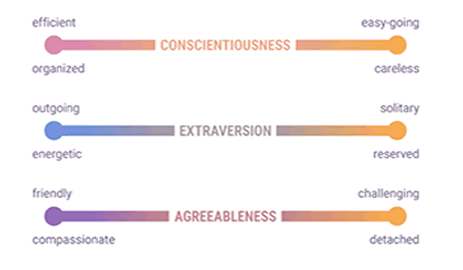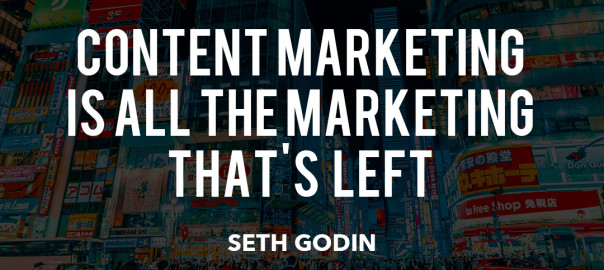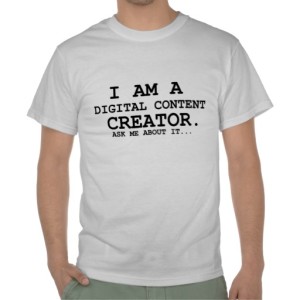Around 60% of marketers create at least one piece of content a day. We all know content marketing brings success to businesses. However, new challenges have arisen with content marketing. With around 5 billion internet users today, how to produce personalized content that reaches exactly the right audience?
Not only does your business need to find a unique brand voice, but you also need to make sure your content is attracting the right audience. What’s more, if you’re a small business owner, you may need a LinkedIn engagement marketing tool to help boost your content reach effectively on LinkedIn.
For right now, the very first thing to discover is: Who is your audience? There is one classic method to profile your ideal customer, which never ceases to go old, that is building a buyer persona.
Here, we will guide you through creating a perfect buyer persona in 4 simple steps. Take a piece of pen and paper, your laptop, or anything to get ready for brainstorming.
What is a buyer persona?
A buyer persona is a holistic profile combining the most common traits of your ideal customer group including their background, demographics, goals, motivations, and more.
How can a buyer persona help you?
- Understand your ideal customers’ challenges and goals
- Understand what should be the topics, writing style, and focus of your content
- Capture your ideal customers’ attention
- Produce quality leads for your business
Preparation
You need to have a solid knowledge of who your existing customers are. Open your Google Analytics, website statistics, customer database, or even Facebook audience insights. Remember to keep referring back to these places and collect information to answer the following four sections.
1. Demographic information
- What is your persona’s name? Use the formula [adjective] + [first name] like “Work-driven Anna” so it’s simple and memorable.
- What is their gender?
- Which age group do they belong to?
- Which country do they live in? Do they live in the suburbs or the urban areas?
- What industry do they work in and what is their job title?
- What is their annual salary?
- Are they married? Do they have children?
2. Psychographic information
- Think of 4 adjectives that best describe their personality. Use the image on the left as a reference.
- What motivates them to do their everyday work?
- What are their current short-term business objectives for this year or quarter?
- What are the long-term business goals they wish to achieve?
- What serves as a roadblock for their success?
- What are their biggest fears?
3. Behavioral information
- What are their hobbies and interests?
- What do they enjoy doing in their spare time?
- Where do they search for information and seek help?
- How do they prefer to interact with business?
- Which social media platforms do they use the most?
- Do they have a device preference?
4. Switch back to your perspective
Now that you’ve gotten every information you need, it’s time to uncover the content you should produce and the channels your business can utilise to reach out and help your buyers.
The demographic information allows you to niche down your content. The more niche your content is, the better it is going to resonate with your prospects. If you are targeting small business owners based in London, talk about the local business trends that small business owners in London should be aware of. If you are targeting married small business owners, talk about ways to balance family and business.
The psychographic information determines your writing style and the various problems your content should solve. Some prefer to read about how-to articles with actionable examples, while others enjoy in-depth articles that provide food-for-thought for them to ponder on. Don’t forget to address how your business can lead them to success by overcoming their roadblocks and biggest fears.
Create a simple marketing message using the information you have and include them in your articles and posts following a simple formula of [Call to action] + [Their challenges or goals] + [Time range to achieve the ideal results]”. If your ideal customer faces the challenges of generating engagement, an example would be “Download our free resource now to multiply engagement by 5x in 1 week”.
The behavioral information determines the platforms and channels you should be distributing your content as well as the touchpoints you should target. For mapping out your touchpoints, you can follow the buyer’s journey.
Conclusion
There we have it, all the steps for creating a simple yet comprehensive buyer persona. Some businesses need multiple personas to understand the various types of customers they deal with, but for now, it’s okay to start small and choose one group of customers based on what you already know.


 Content marketing is the new buzzword when it comes to online marketing. SEO was sooo 2001. Social media has been and gone. It’s now all about Content Marketing. Whilst I don’t actually agree with these statements, it does throw up an out of the ordinary and problematic situation for brands that are now engaging in content marketing. The problem is that everyone is doing it! So how are you going to break through the mass of content and make your writing and your message stand out? In this article, I take a look why giving your content a voice is crucial to whether or not your content marketing efforts succeed. Hold tight, this could be a bumpy ride (for your existing strategy).
Content marketing is the new buzzword when it comes to online marketing. SEO was sooo 2001. Social media has been and gone. It’s now all about Content Marketing. Whilst I don’t actually agree with these statements, it does throw up an out of the ordinary and problematic situation for brands that are now engaging in content marketing. The problem is that everyone is doing it! So how are you going to break through the mass of content and make your writing and your message stand out? In this article, I take a look why giving your content a voice is crucial to whether or not your content marketing efforts succeed. Hold tight, this could be a bumpy ride (for your existing strategy).
 Not to forget your site pages, you should be constantly improving your static assets (especially landing pages) to improve conversions and provide the best user experience. Engagement and conversion metrics are not just important to your bottom line, they’re important to Google providing the best results. In a nutshell give the people what they are looking for and Google will reward you with good rankings.
Not to forget your site pages, you should be constantly improving your static assets (especially landing pages) to improve conversions and provide the best user experience. Engagement and conversion metrics are not just important to your bottom line, they’re important to Google providing the best results. In a nutshell give the people what they are looking for and Google will reward you with good rankings.